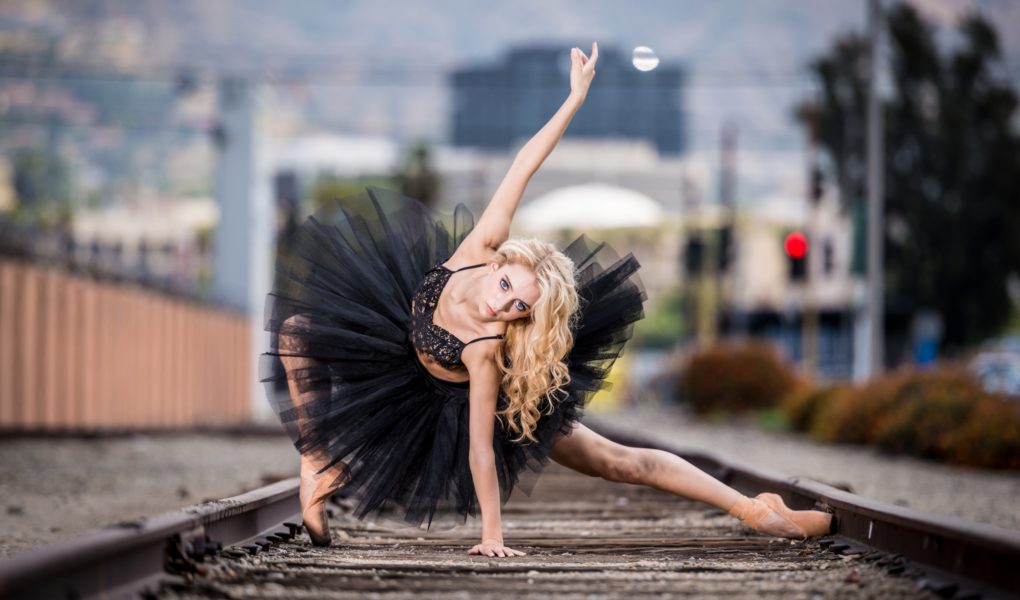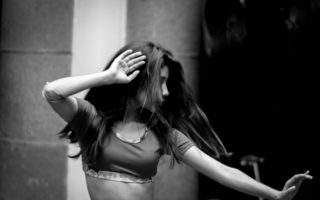The 6 Movement Dynamics of Dance
Dynamics simply refer to the manner in which you dance. It is how smooth or sharp your movement is. It is the varying degrees of tension and tempo. The six types of movement include:
Swing:
- Swinging movements give in to gravity and move through the air in an arc. The length of the swing or arc can differ. You could swing a body part in a full circle, a semi-circle, or any other length of your choice. If more than one swing is repeated, there will be a brief pause before repetition. Swinging movements could signify a release of built-up frustration or even a sense of freedom, depending on how it is carried out.
Sustain:
 Photo by Darius Bashar on Unsplash
Photo by Darius Bashar on Unsplash
- A sustained movement is a continual release of energy that requires the utmost control. This induces a sense of suspense, restraint, or calmness.
Percussion:
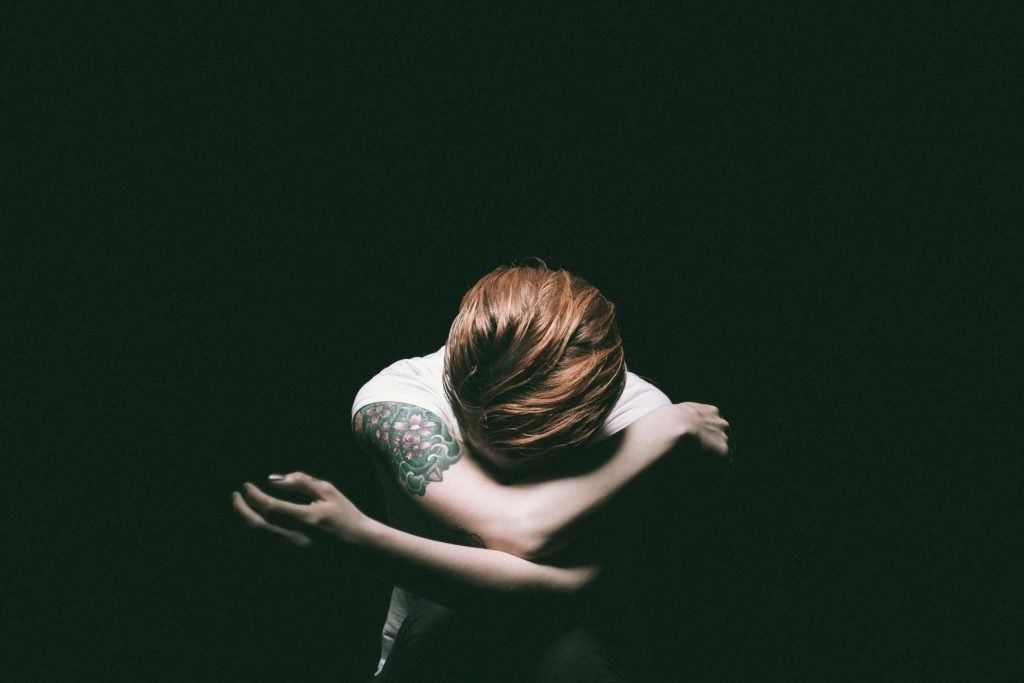
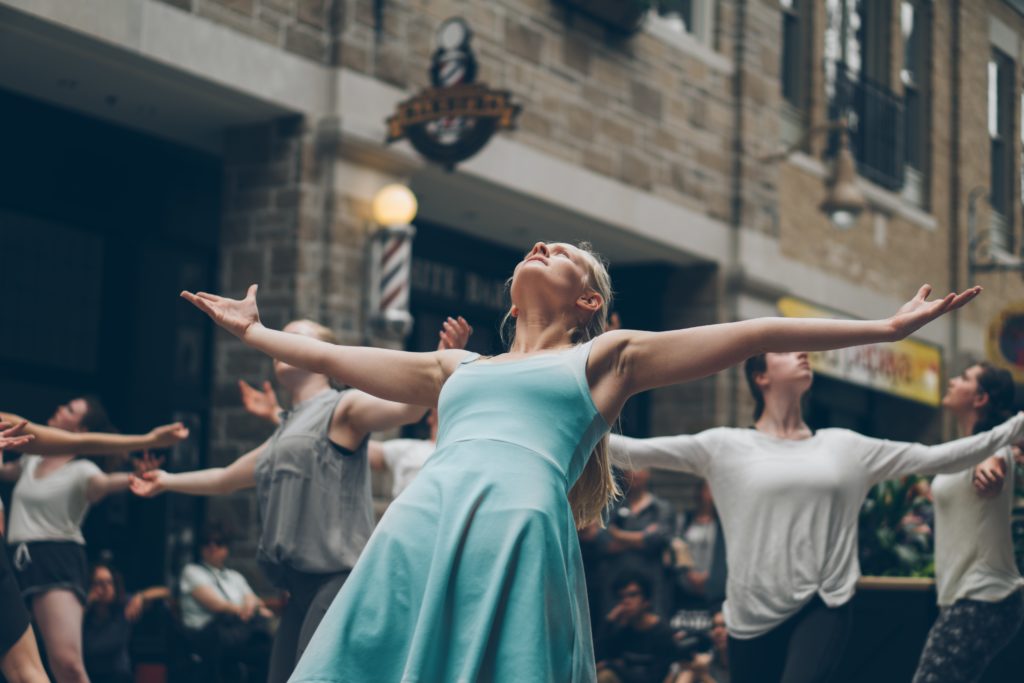
- A sharp and aggressive movement that is vigorous and explosive. A sudden contraction of the muscles is momentarily suspended until it is followed by a rebound action. Percussive movement evokes aggression.
- In the two pictures above, for example, the movement phrase starts off being in a ‘closed’ shape, with the head tucked into the arms, before abruptly exploding into the ‘open’ shape, where the dancer’s arms opened wide.
Suspend:
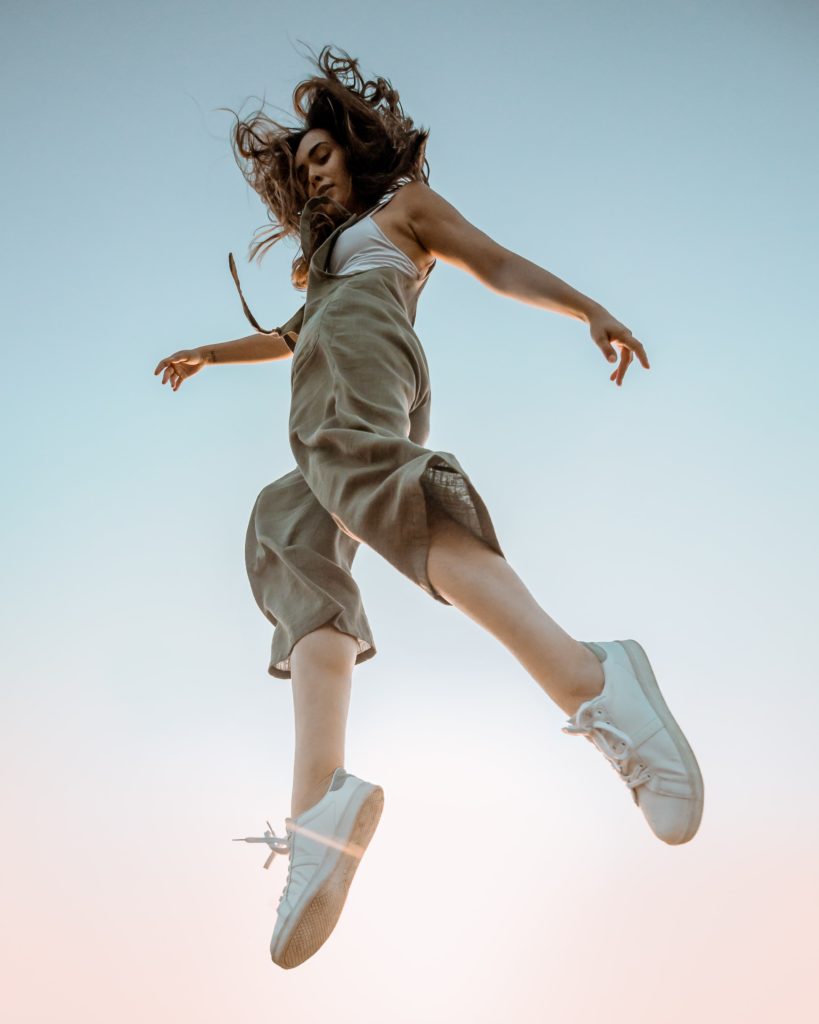 Photo by Shlomi Platzman on Unsplash
Photo by Shlomi Platzman on Unsplash
- A suspended movement is produced when two opposing forces are completely balanced. It is the moment after a huge amount of energy is exerted from the ground and the dancer is suspended mid-air at the highest point of a jump before yielding to gravity and returning to the ground. This expresses a sense of anticipation and euphoria.
Vibrate:
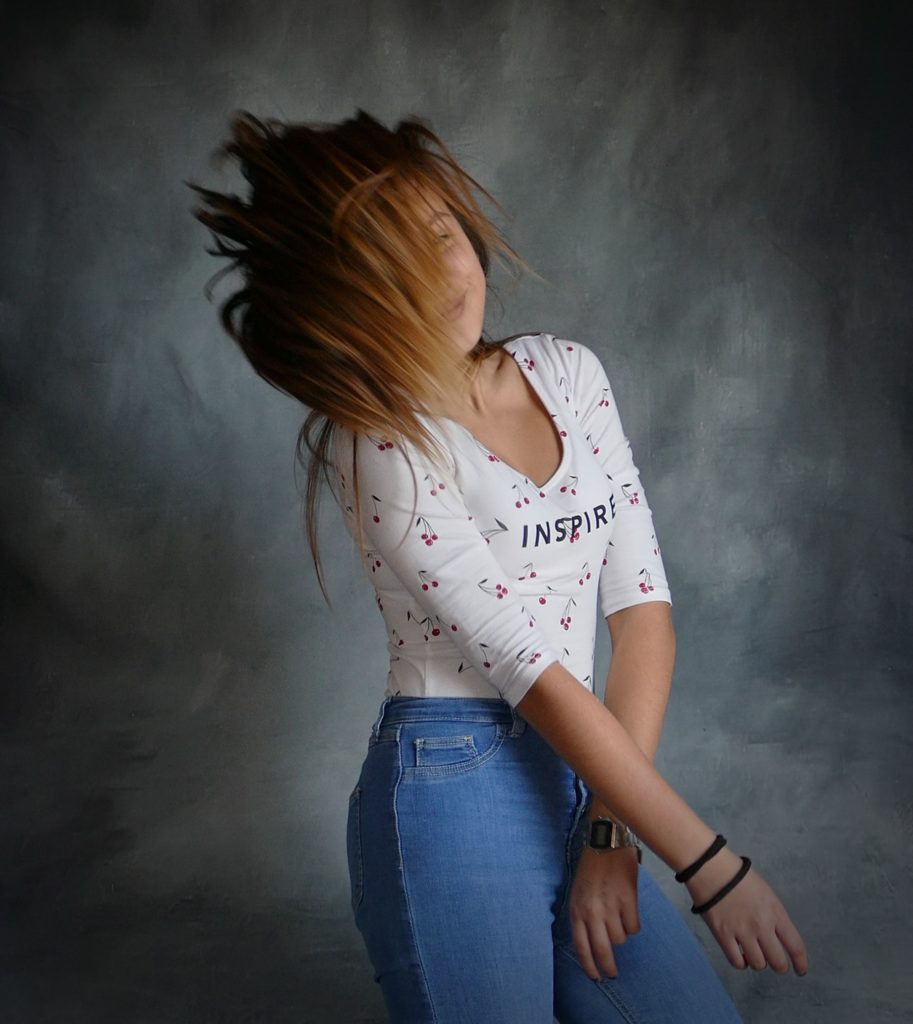 Photo by Marco Bianchetti on Unsplash
Photo by Marco Bianchetti on Unsplash
- Vibrating movements are fast repetitive movements that produce a form of vibration. They are reoccuring surges of percussive energy produced in a small space. This could be done as an expression of sexual seduction, fear, or even rage.
Collapse:
 Photo by Nihal Demirci on Unsplash
Photo by Nihal Demirci on Unsplash
- Collapsing movements are where the dancer releases tension in a body part and allows it to succumb to gravity. It is a downward movement that is often followed by an upwards movement. The upwards movement often returns the dancer to the same level as the previous movement. Emotions expressed may include a sense of helplessness, feeling overwhelmed, or even relaxation.
